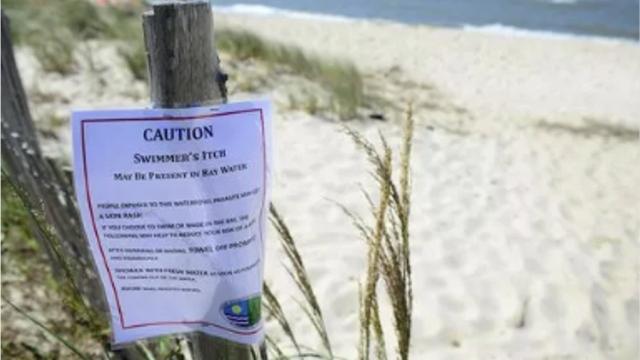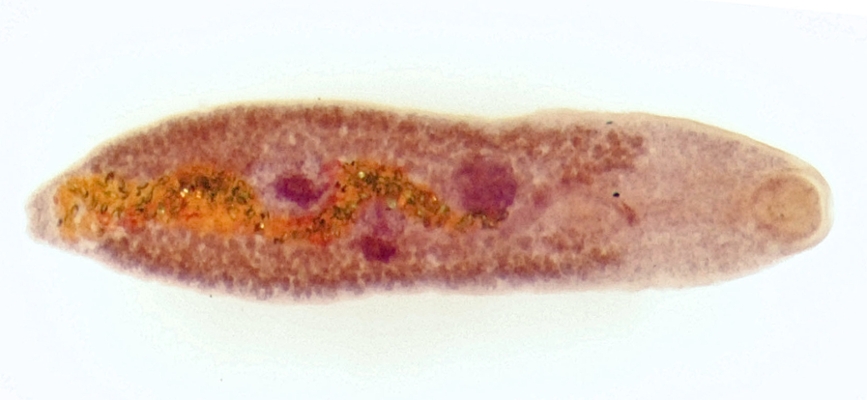

Don’t Feed the Ducks! – Waterfowl like merganser ducks, Canada geese, swans, and mallards are the hosts of these parasites. (The worst part is the fearful look you get from strangers who think you have a raging case of measles.)Ħ. Treatment – Applying an antihistamine creme on the spots to help with the itch, or swallowing a dose of Benadryl if it’s really bad, has always helped my family. Unfortunately, if you’ve had it once, you’re more likely to get it again.ĥ.

So it doesn’t affect everyone the same way. I’ve swam with my kids and never got it when they’ve been covered.
Swimmers itch parasites skin#
The more sensitive your skin is the more susceptible you are to the parasites. The bumps will itch for a day or two then they’ll just be red and ugly but not painful. Don’t Panic – If you get the dreaded itch don’t panic and swear off swimming for the rest of the season. It’s pricy, but if your kids plan to spend much time in the water it’s well worth it.Ĥ. You can find it in a few Traverse City stores, and order it online. It’s made from natural ingredients, smells and feels a lot like vapor rub, but it works like a dream. But we’ve had the best luck with a Wisconsin product called Swimmer’s Itch Guard. Bullfrog gel sunblock works pretty well and is readily available in most stores.

We’ve discovered two brands of sunblock that do the job. And kids are squirmy enough putting on one protective layer, much less two. But you’re going to want sunblock to go under that. Protect Your Skin – Creating a waterproof barrier seems to help prevent the parasites from burrowing into the skin. Try to towel off aggressively after each swim.ģ. Towel Off – Kids are most susceptible to swimmers itch as they tend to spend long amounts of time in shallow water and air dry. Deeper water and moving water, such as rivers, are also less likely to carry the larvae in search of hosts.Ģ. Avoiding these swimming areas will decrease your chances of coming in contact with the parasite in the first place. Avoid Busy Beaches – Swimmer’s Itch is most common in highly populated beaches where ducks, especially the merganser duck, and snails are commonly found. So what can you do to keep from ruining your vacation in northern Michigan with a case of the itch? 6 Tips to Prevent and Treat Swimmer’s Itchġ. These parasites are not harmful to humans beyond the discomfort of the bumps. The raised itchy bump is an immune reaction to each site where a parasite has entered the epidermis. When they come in contact with human skin they burrow in and immediately die as we are not hospitable. The larvae of the cercaria parasite travel between their water snail host and their intended waterfowl host. Swimmer’s Itch is caused by a flatworm parasite. If you’re squeamish you may want to gloss over this section as it’s not too pleasant to visualize the source of these scratchy bumps.
Swimmers itch parasites how to#
Before you give up on swimming in our salt-free waters I thought I’d share some handy tips on how to prevent and treat Swimmer’s Itch. But for those who are new the area, Swimmer’s Itch can send you running for dry ground. We had our first dose of the pesky malady a few years ago, so now I’m prepared when it shows up. The geese are swimming, the beaches are full, and unfortunately, Swimmer’s itch is popping up on some of our favorite lakes.


 0 kommentar(er)
0 kommentar(er)
